In this article we discuss dyslexia, its symptoms and we offer exercises for people with reading difficulties.
What is dyslexia: meaning of dyslexia
Dyslexia is a specific learning disorder characterized by impaired word recognition, slow and uncertain reading, and poor comprehension.
This neurodevelopmental disorder is estimated to affect approximately one in ten children, causing school failure. To address this situation and improve learning, it is necessary to detect the disorder early.
How is it treated? Symptoms of dyslexia
Dyslexia does not only affect difficulty in learning to read and write; people with this disorder also can have difficulties in the area of processing speed, in motor skills, or in visual and/or auditory perception. Short-term memory, organization, sequencing, or spoken language can also be affected.
Below, we explain the main symptoms of dyslexia. It is important to note that each person with dyslexia is unique and does not have to present all the symptoms to be considered as such:
- Problems with laterality.
- Altered spatial and temporal awareness.
- Confusing words with similar pronunciation.
- Difficulty articulating or pronouncing words.
- Transposing letters, changing order and reversing numbers.
- Laborious and error-prone reading.
- Problems concentrating when reading or writing.
- Difficulty following instructions and learning routines.
- Problems with balance.
- Short-term memory problems.
- Difficulty organizing their thoughts.
- Problems maintaining attention.
- Difficulties with mathematics.
- In some cases, particularly when poorly managed, speech difficulties may arise.
Types of dyslexia
To classify dyslexia, we should talk about two types: acquired and developmental.
Acquired
Acquired dyslexia appears as a result of a specific brain injury.
Developmental
There is no specific brain injury that caused it. It is the most common in the school setting.
Additionally, another possible classification according to the patient’s predominant symptoms is:
Phonological or indirect
It concerns the malfunctioning of the phonological route. The child uses a visual reading strategy and infers instead of decoding. For example, they may read “casa” instead of “caso” or “lobo” instead of “lopo”. Children with this type of dyslexia can read familiar words, but find it difficult to read unknown words, long words or pseudowords.
Surface
The disorder lies in visual processing, they read using the phonological route. Children who suffer from it will not have problems reading regular words, but will have difficulty reading irregular words, for example, in English. Similarly, these children’s reading speed decreases as word length increases; they make omission, addition or substitution errors of letters and often confuse homophonous words (an example would be abría or habría).
Mixed or deep
Two reading processes are damaged: the phonological and the visual. This causes semantic errors.

Subscribe
to our
Newsletter
How is dyslexia corrected? Is there treatment for dyslexia?
How to help a person with dyslexia? How to work with a child with dyslexia? These are common questions families ask once it has been diagnosed. The child should begin therapy with a specialist with the goal of improving the difficulties they present in learning to read and write. As part of their treatment, the therapist may deem it appropriate to carry out a cognitive stimulation program focused on intervention areas that improve the specific learning difficulties inherent to the disorder.
Dyslexia as a barrier in childhood
Dyslexia affects between 10% and 15% of the population. However, the main problem of this disorder occurs in the child population (developmental dyslexia), since in our country education is based on literacy, and it is here that these people present the greatest problems.
One of the main problems is that this disorder is incompatible with the educational system, since all learning goes through the written code, meaning that a child with dyslexia cannot fully assimilate the contents because they are unable to find their meaning through reading.
Dyslexia is a disorder that is genetically transmitted, which is based on difficulty learning to read and write. Furthermore, this disorder is not due to an intellectual quotient deficit nor to visual or auditory problems, but seems to originate in a neurodevelopmental alteration.

NeuronUP activities to work with users with dyslexia
At NeuronUP we present a series of cognitive stimulation exercises to work on dyslexia that professionals can use in their sessions:
1. Making Words
What does it involve?
The child must select each letter in the correct order to form a word.
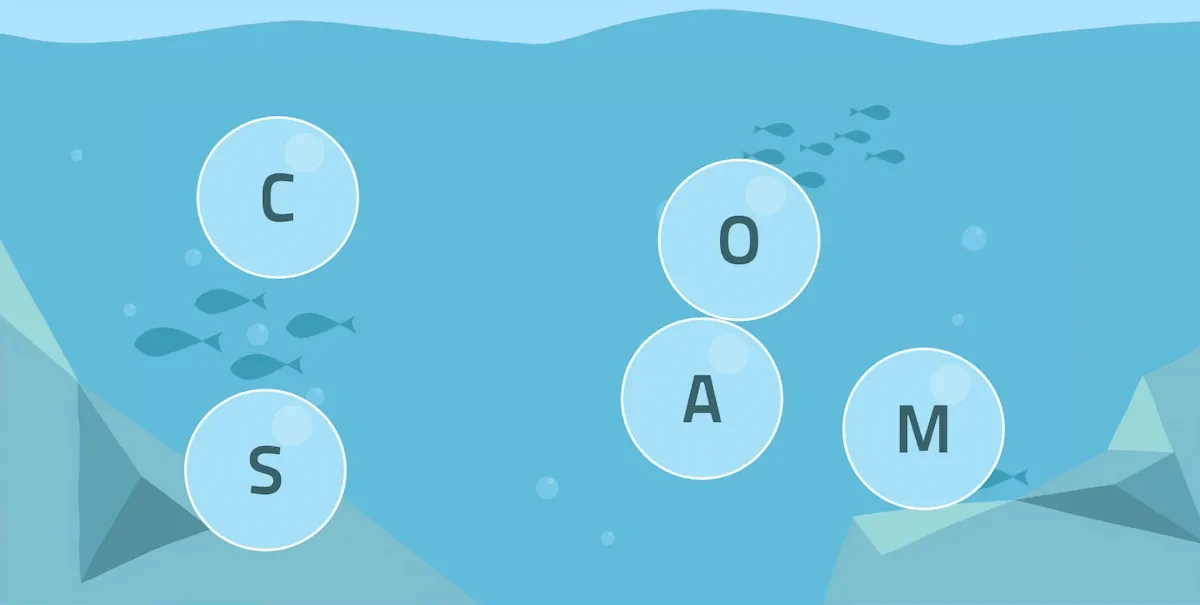
What does this activity target?
It will work on the vocabulary, hemineglect and working memory.
Format
This sheet is available in both digital and paper.
2. Correct Image Name
What does it involve?
The goal of this exercise is for the child to discriminate within a group of words which one actually exists.
Which of the following words exist: “brado”, “Bravo”, “brano” or “cravo”?
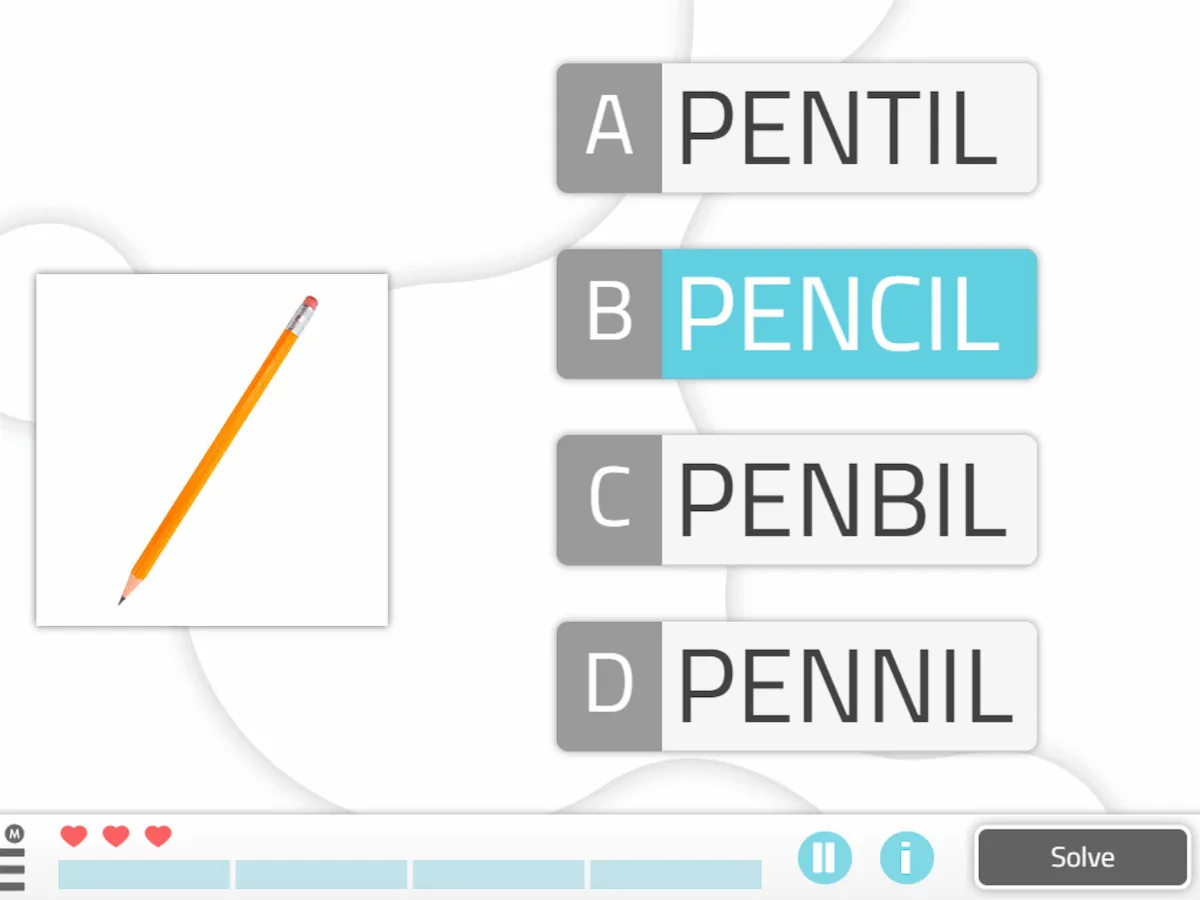
What does this activity target?
This activity works on the discrimination.
Format
This sheet is available in both digital and paper.
3. Discrimination of words and pseudowords
What does it involve?
In this case it is about identifying a word or pseudoword among a set of them. Here we present an example of a NeuronUP dyslexia exercise in paper format.
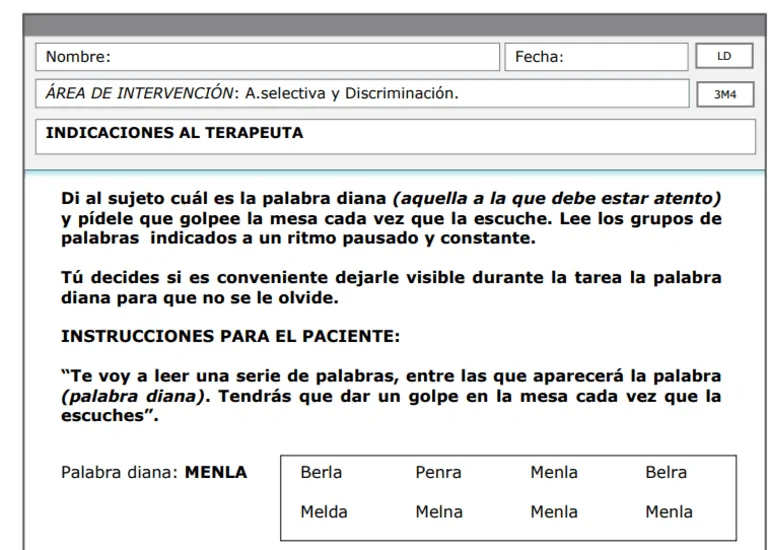
What does this activity work on?
It is useful for working on selective attention and discrimination.
Format
This sheet is available in both digital and paper.
6. Word Scramble
What does it involve?
This activity consists of ordering the letters that appear to form a word.
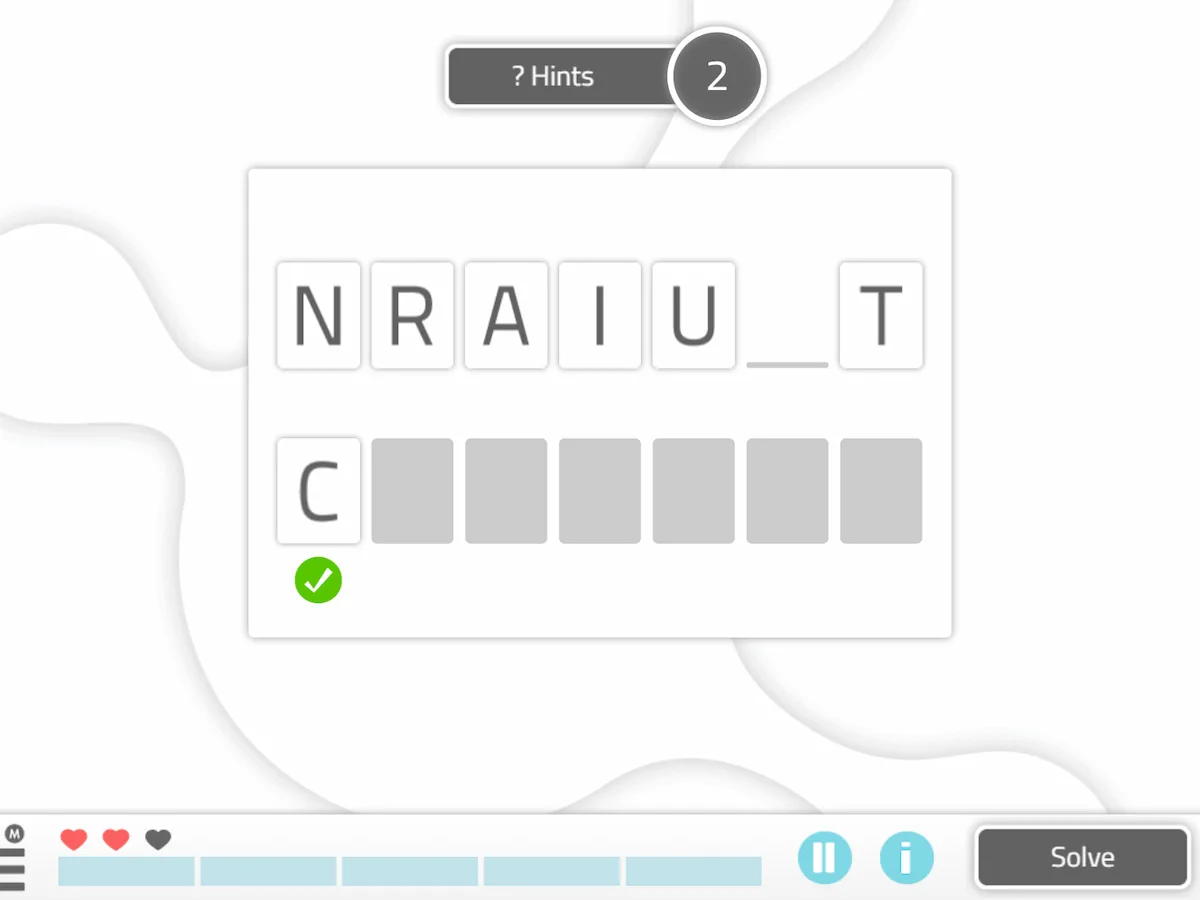
Are you able to see the word?
What does this activity target?
It works on the vocabulary and working memory.
Format
This sheet is available in both digital and paper.
Treatment of dyslexia beyond NeuronUP’s cognitive stimulation activities
Once a child has been diagnosed with dyslexia, they can come to read at a level appropriate for their age and intelligence. The treatment we can follow with these children is based on patience and willpower; additionally, we must know the child’s strengths and highlight them since they may also suffer emotional or self-esteem problems. Computers and new technologies are tools that can greatly help with these children.
On the other hand, we must consider that these children need an individualized plan that fits their characteristics and needs.
Frequently asked questions about dyslexia
1. What is dyslexia?
Specific learning disorder that makes word recognition difficult, causes slow reading and reduced comprehension. It is not due to low IQ nor to visual or auditory problems; its origin is related to an alteration of neurodevelopment.
2. What are the symptoms of dyslexia?
Includes problems of laterality, altered spatial and temporal notions, laborious reading with errors, confusions of letters and words, number reversals, difficulties of attention, short-term memory, organization and sequencing. It can also affect motor skills, visual/auditory perception and, in some cases, speech.
3. What types of dyslexia exist?
Dyslexia is distinguished as acquired, caused by brain injury, and developmental dyslexia, without identifiable injury and most common at school. By symptoms: phonological (difficulty with unknown words), surface (errors with irregular words) and mixed or deep (phonological and visual routes altered).
4. What is the treatment for dyslexia?
The approach combines specialized instruction in reading and writing, cognitive stimulation programs and school accommodations. An individualized plan, patience and emotional support improve outcomes. Educational technologies help. Early detection is key to reduce academic impact.
5. What exercises help with dyslexia?
Useful examples: form words by ordering letters, discriminate real words and pseudowords, find letters in words and associate images with their name. These exercises work vocabulary, discrimination and selective attention, and can be done in digital or paper format.
6. How does dyslexia affect childhood and school?
In childhood, dyslexia can lead to school failure because much of learning is based on literacy. With early support, appropriate therapy and accommodations, children can reach a reading level consistent with their age and intelligence.
If you liked this blog post about the dyslexia and exercises for people with this specific learning disorder you may also be interested in this information:
“This article has been translated. Link to the original article in Spanish:”
Dislexia: qué es, síntomas, tipos y ejercicios para personas con dislexia
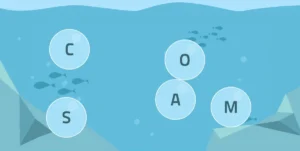




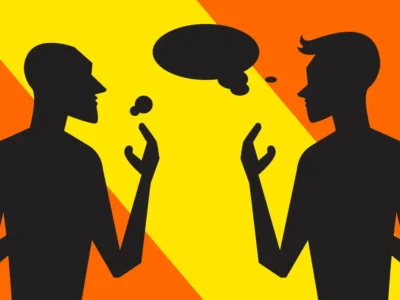

 Awareness of Deficits in the Recovery from Acquired Brain Injury
Awareness of Deficits in the Recovery from Acquired Brain Injury
Our family suspects that there’s always been something different with one of my nieces and just yesterday, we all agreed that we should look into getting her an online dyslexia disorder screening program, to be sure. We do appreciate your info on how one particular type of learning disability called dyslexia is typified by sluggish, reluctant reading, poor reading comprehension, and trouble recognizing words. It’s just sad that roughly one in ten children are thought to be affected by this neurodevelopmental disease, which causes significant challenges in the classroom.